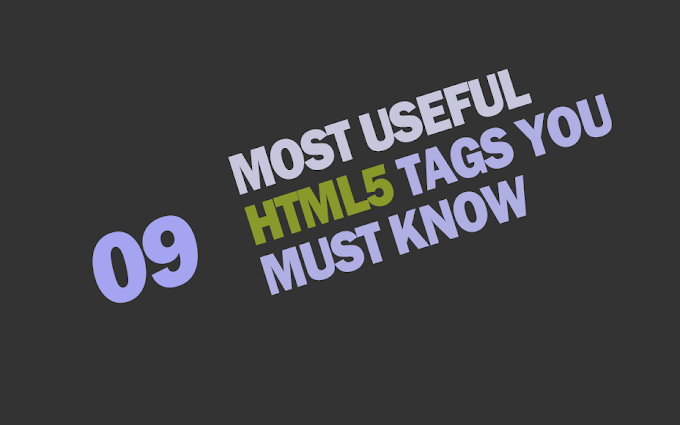React Hooks are a powerful new feature introduced in React 16.8 that allow developers to use state and other React features without writing a class component. In this comprehensive guide, we'll explore everything you need to know about React Hooks, including how to use them, best practices, and common pitfalls to avoid.
What are React Hooks?
React Hooks are a new feature in React that allow you to use state and other React features within functional components. Prior to the introduction of Hooks, the only way to use state in a React component was to write a class component. With Hooks, you can now use state and other features within functional components, which can simplify your code and make it easier to reuse and test.
There are a number of built-in Hooks that you can use in your React components, including:
- useState: This Hook allows you to add state to a functional component.
- useEffect: This Hook allows you to perform side effects in functional components.
- useContext: This Hook allows you to access the React context within a functional component.
useState
Here's an example of how you might use the useState Hook in a functional component
import { useState } from 'react';
function Example() {
// Declare a new state variable, which we'll call "count"
const [count, setCount] = useState(0);
return (
<div>
<p>You clicked {count} times</p>
<button onClick={() => setCount(count + 1)}>
Click me
</button>
</div>
);
}
In this example, we use the useState Hook to add state to our functional component. The useState Hook takes an initial state value as an argument and returns an array with two elements: the current state value and a function to update it. We destructure the array into two variables: count and setCount. We then use the count variable to display the current count
useEffect
useEffect is a React Hook that allows you to perform side effects in functional components. It is similar to the componentDidMount, componentDidUpdate, and componentWillUnmount lifecycle methods in class components.
Here's an example of how you can use useEffect to fetch data from an API and update the state of a functional component:
import React, { useState, useEffect } from 'react';
function Example() {
const [data, setData] = useState(null);
useEffect(() => {
async function fetchData() {
const response = await fetch('https://my-api.com/endpoint');
const data = await response.json();
setData(data);
}
fetchData();
}, []);
return (
<div>
{data ? <p>{data.title}</p> : <p>Loading...</p>}
</div>
);
}
In the example above, we are using useEffect to fetch data from an API when the component mounts. The fetchData function is called inside the useEffect Hook, and it makes an API request to retrieve the data. The data is then stored in the component's state using the setData function.
The useEffect Hook takes two arguments: a function that contains the side effect code, and an array of dependencies. The dependencies are values that the effect depends on, and if they change, the effect will be re-run. In the example above, we have an empty array of dependencies, which means that the effect will only be run once when the component mounts.
You can also use useEffect to perform clean up tasks when a component unmounts. To do this, you can return a function inside the effect. For example:
useEffect(() => {
function handleClick() {
console.log('Clicked');
}
window.addEventListener('click', handleClick);
return () => {
window.removeEventListener('click', handleClick);
}
}, []);
In the example above, we are using useEffect to add an event listener to the window when the component mounts. When the component unmounts, the effect will clean up the event listener by removing it from the window.




![[Cupons] Paid udemy courses for free](https://blogger.googleusercontent.com/img/b/R29vZ2xl/AVvXsEgYa-f_8UEE95d9stpdRzq6_DUq19avn09M2CVWIuQGI_PwaZBMcNhuHmPZQsw81GMeWwUY2Q-Cr66RoAmMq1f_pok6pdv-W86qc9_wWSxqXEq_RHYyRY0Ldly_yi2DSfyed4Cxiks6Nbzp/w680/Paid+udemy+courses+for+free.png)







0 Comments
If you have any question please ask?